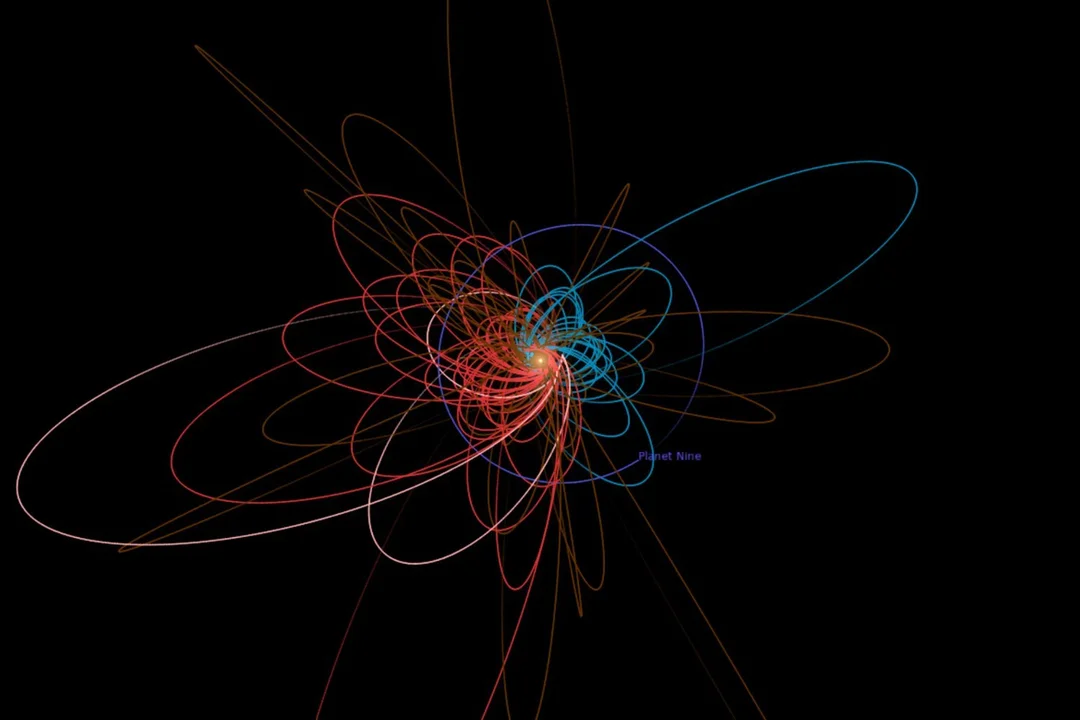
New Dwarf Planet Candidate Discovered at Solar System’s Edge Challenges Planet Nine Theory
A team of astronomers has announced the discovery of a potential dwarf planet, designated 2017 OF201, lurking at the fringes of our solar system. This Trans-Neptunian Object (TNO) is stirring up excitement and raising questions about the existence of the hypothetical Planet Nine.

Officially announced by the International Astronomical Union's Minor Planet Center on May 21, 2025, 2017 OF201 boasts an incredibly elongated orbit, taking approximately 25,000 years to circle the Sun. Sihao Cheng, from the Institute for Advanced Study, who led the discovery team alongside colleagues Jiaxuan Li and Eritas Yang from Princeton University, noted the object's remarkable distance. "The object's aphelion – the farthest point on the orbit from the Sun – is more than 1600 times that of Earth's orbit," explained Cheng.
Estimated to be around 700 kilometers (435 miles) in diameter, 2017 OF201 is large enough to potentially qualify as a dwarf planet, placing it in the same category as Pluto. This makes it the second-largest known object with such a wide orbit. While further observations are needed to confirm its exact size, its discovery offers valuable insights into the composition of the outer solar system.
What makes 2017 OF201 particularly intriguing is its unique orbit. While many extreme TNOs appear to cluster in specific orientations, possibly influenced by the gravitational pull of a yet-undiscovered Planet Nine, 2017 OF201 deviates from this pattern. "Many extreme TNOs have orbits that appear to cluster in specific orientations, but 2017 OF201 deviates from this," said Li. This deviation could challenge the hypothetical existence of Planet Nine altogether.
The discovery of 2017 OF201 underscores the vastness and mystery of our solar system. "Even though advances in telescopes have enabled us to explore distant parts of the universe, there is still a great deal to discover about our own Solar System," Cheng stated. It also highlights the power of open science, as the data used to identify the object was drawn from publicly available archival data.
The discovery of this new Trans-Neptunian Object came from archival data that is publicly available. Anyone from professional astronomers to even students can help discovery these kinds of objects, which is why, according to Li, it highlights the importance of sharing scientific resources.
Is 2017 OF201 a lone wanderer, or does its existence hint at a larger population of similar objects hidden in the dark depths of our solar system? Does its unique orbit disprove Planet Nine, or does it offer a new piece to the puzzle? Share your thoughts and theories in the comments below!